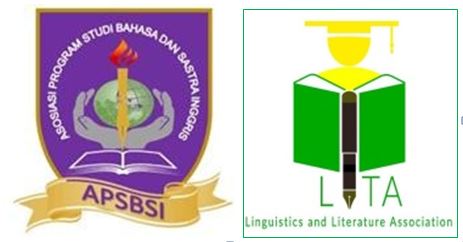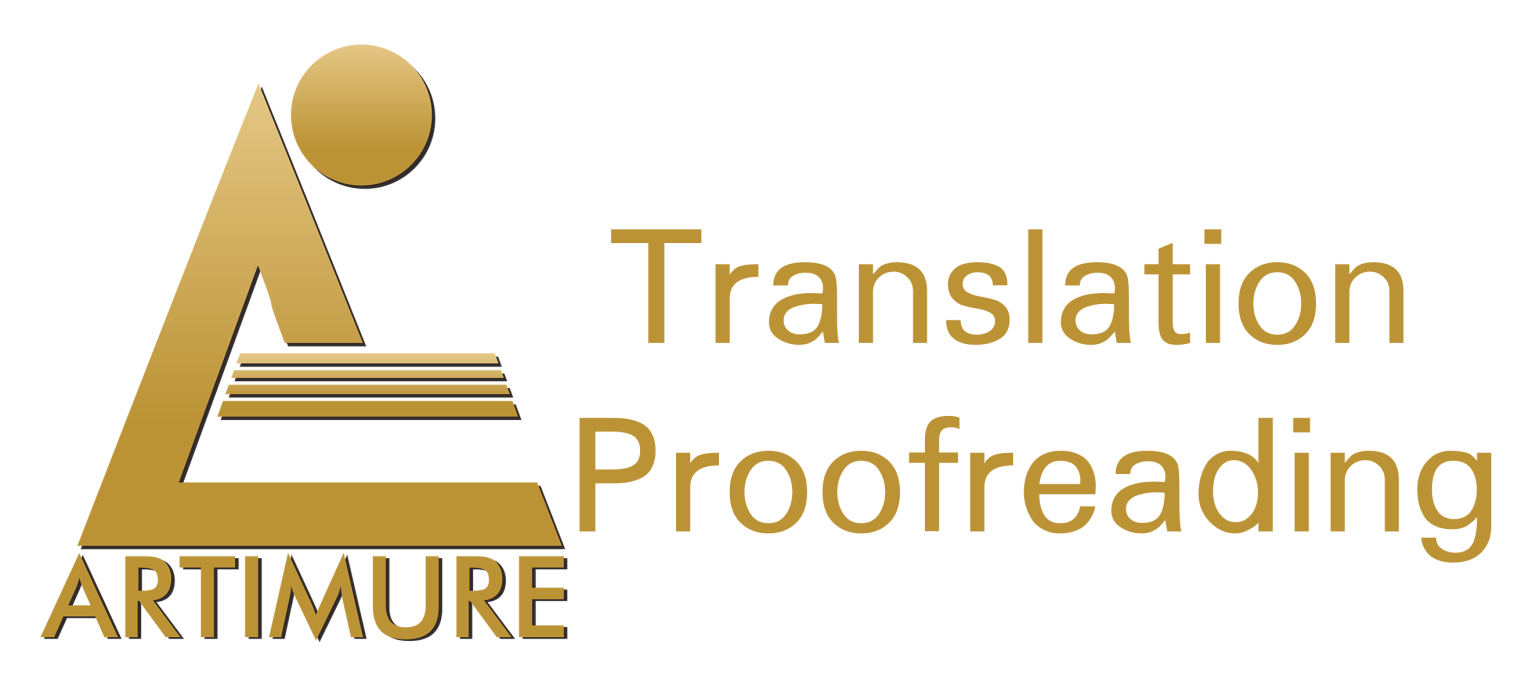Further insight into Student Learning Outcomes of Derivative Materials: Numbered Head Together and Expository Learning Model
DOI:
https://doi.org/10.31849/utamax.v4i2.9918Keywords:
Learning outcomes, Numbered head together, Expository learning model, Derivative materials, Non-equivalent CGD, Good thinking conceptsAbstract
This study aims to determine the effect of the Numbered Head Together (NHT) and Expository Learning Model (ELM) learning models on student learning outcomes in derived mathematics. The method used in this research is a quasi-experimental method, namely the Nonequaivalent Control Group Design. The experimental class was given a Numbered Head Together (NHT) The NHT model for class XI SMA IPA 5 and XI SMA IPA 1 as conventional classes is given in the form of the ELM model. Data analysis used the t test, where the results showed: 1) there was a significant increase in student learning outcomes in derived material using the Learning Numbered Head Together (NHT) model, 2) student learning outcomes in mathematics were higher using the Learning Numbered Head Together model. (NHT) than the learning outcomes obtained with the Expository Learning Model (ELM) model. This can be seen from the test results with the t. Test, mark Tcount = 89,12 And value ofT’ table = 1,67 so that TCount>T’table = 89,2>1,67, so rejected and accepted. In conclusion, students who are taught mathematics using the NHT model understand much more and have very good results compared to the ELM model. Suggestions, in implementing mathematics material, it is expected that educators use the NTH learning model to improve learning outcomes and produce good thinking concepts in mathematics.
References
Aiman, U., Hasyda, S., & Uslan. (2020). The influence of process oriented guided inquiry learning (pogil) model assisted by realia media to improve scientific literacy and critical thinking skill of primary school students. European Journal of Educational Research, 9(4), 1635-1647. https://doi.org/10.12973/eu-jer.9.4.1635
Albay, E. M. (2019). Analyzing the effects of the problem solving approach to the performance and attitude of first year university students. Social Sciences & Humanities Open, 1(1), 1-7, 100006. https://doi.org/10.1016/j.ssaho.2019.100006
Albay, E. M., & Eisma, D. V. (2021). Performance task assessment supported by the design thinking process: Results from true experimental research. Social Sciences & Humanities Open, 3(1), 1-9 100116. https://doi.org/10.1016/j.ssaho.2021.100116
Ali, D., Mz, Z. A., & Vebrianto, R. (2021). Literature Review : Mathematical creative thinking ability , and students ’ self regulated learning to use an open ended approach. MJML. 4(1), 52–61. https://doi.org/10.29103/mjml.v4i1.3095
Animasaun, I. L. (2021). Significance of offering further mathematics and personal interest in mathematics on some variables common to secondary school students. International Journal of Learning and Change, 13(6). 640 - 655.
Animasaun, I. L., & Abegunrin, O. A. (2017). Gender difference, self-efficacy, active learning strategies and academic achievement of undergraduate students in the Department of Mathematical Sciences, Federal University of Technology, Akure, Nigeria. International Journal of Teaching and Case Studies, 8(4), 255-280. https://doi.org/10.1504/ijtcs.2017.10009869
Boso, C. M., van der Merwe, A. S., & Gross, J. (2021). Students’ and educators’ experiences with instructional activities towards critical thinking skills acquisition in a nursing school. International Journal of Africa Nursing Sciences, 14, 100293.
Dong, C., Cao, S., & Li, H. (2020). Children and youth services review young children’s online learning during COVID-19 pandemic : Chinese parents ’ beliefs and attitudes. Children and Youth Services Review, 118(August), 105440.1-9. https://doi.org/10.1016/j.childyouth.2020.105440
Eliyana, A., & Ma, S. (2019). Job satisfaction and organizational commitment effect in the transformational leadership towards employee performance. European Research on Management and Business Economics, 25(3), 144–150. https://doi.org/10.1016/j.iedeen.2019.05.001
Fouad, L., Al, J., & Majeed, B. H. (2021). The impact of CATs on mathematical thinking and logical thinking among fourth-class scientific students. International Journal of Emerging Technologies in Learning, 16(10).194-211 https://doi.org/10.3991/ijet.v16i10.22515
Grønlien, H. K., Christoffersen, T. E., Ringstad, Ø., Andreassen, M., & Lugo, R. G. (2021). A blended learning teaching strategy strengthens the nursing students’ performance and self-reported learning outcome achievement in an anatomy, physiology and biochemistry course–A quasi-experimental study. Nurse Education in Practice, 52, 1-6. https://doi.org/10.1016/j.nepr.2021.103046
https://doi.org/10.1016/j.ijans.2021.100293
Hwang, G. J., Wang, S. Y., & Lai, C. L. (2021). Effects of a social regulation-based online learning framework on students’ learning achievements and behaviors in mathematics. Computers and Education, 160, 104031.1-5 https://doi.org/10.1016/j.compedu.2020.104031
Krachler, M., Varga, Z., Nicholl, A., & Mayer, K. (2019). Analytical considerations in the determination of uranium isotope ratios in solid uranium materials using laser ablation multi-collector. Analytica Chimica Acta: X, 2, 100018.1-9. https://doi.org/10.1016/j.acax.2019.100018
Lapitan Jr, L. D., Tiangco, C. E., Sumalinog, D. A. G., Sabarillo, N. S., & Diaz, J. M. (2021). An effective blended online teaching and learning strategy during the COVID-19 pandemic. Education for Chemical Engineers, 35, 116-131. https://doi.org/10.1016/j.ece.2021.01.012
Liebech-lien, B. (2021). Teacher teams e A support or a barrier to practising cooperative learning ? Teaching and Teacher Education, 106, 103453.1-9 https://doi.org/10.1016/j.tate.2021.103453
Linder, A., & Svedberg, W. (2019). Review of average sized male and female occupant models in European regulatory safety assessment tests and European laws: Gaps and bridging suggestions. Accident Analysis & Prevention, 127, 156-162 https://doi.org/10.1016/j.aap.2019.02.030
Lumbantoruan, J. H. (2022). Description of Difficulty of Semester VII Students of Mathematics Education Study Program in Complex Analysis Course. Journal of Education and Learning Mathematics Research (JELMaR), 3(1), 1-13. https://doi.org/10.37303/jelmar.v3i1.65
Lwande, C., Muchemi, L., & Oboko, R. (2021). Identifying learning styles and cognitive traits in a learning management system. Heliyon, 7(8), e07701. https://doi.org/10.1016/j.heliyon.2021.e07701
Mikalef, P., Boura, M., Lekakos, G., & Krogstie, J. (2019). Big data analytics and firm performance: Findings from a mixed-method approach. Journal of Business Research, 98, 261-276. https://doi.org/10.1016/j.jbusres.2019.01.044
Miller, C. J., Smith, S. N., & Pugatch, M. (2020). Experimental and quasi-experimental designs in implementation research. Psychiatry Research, 283, 112452. https://doi.org/10.1016/j.psychres.2019.06.027
Moreno-Guerrero, A. J., Rodríguez-Jiménez, C., Gómez-García, G., & Ramos Navas-Parejo, M. (2020). Educational innovation in higher education: Use of role playing and educational video in future teachers’ training. Sustainability, 12(6), 2558. https://doi.org/10.3390/su12062558
Nasution, A. I., & Tristiana, D. W. (2021). modification of the model problem solving learning with the approach of offline in class x private SMK Az Zahra Sonomartani. International Journal Of Humanities Education and Social Sciences (IJHESS), 1(2). 7-12. https://doi.org/10.55227/ijhess.v1i2.40
Primi, R., Ferrão, M. E., & Almeida, L. S. (2010). Fluid intelligence as a predictor of learning: A longitudinal multilevel approach applied to math. Learning and Individual Differences, 20(5), 446-451. https://doi.org/10.1016/j.lindif.2010.05.001
Purwanto, B., Jatmiko, A., Pahrudin, A., Munifah, M., wWardhani, S., Purnama, S., & Joemsittiprasert, w. (2020). The implementation of cooperative learning to developed management of language learning system. Journal for the Education of Gifted Young Scientists, 8(1), 379-392. https://doi.org/10.17478/jegys.675251
Ridwan, M. R., & Samsul, H. A. D. İ. A meta-analysis study on the effectiveness of a cooperative learning model on vocational high school students’ mathematics learning outcomes. Participatory Educational Research, 9(4), 396-421. https://doi.org/10.17275/per.22.97.9.4
Sailer, M., Schultz-Pernice, F., & Fischer, F. (2021). Contextual facilitators for learning activities involving technology in higher education: The C♭-model. Computers in Human Behavior, 121, 106794. https://doi.org/10.1016/j.chb.2021.106794
Smutny, P., & Schreiberova, P. (2020). Chatbots for learning: A review of educational chatbots for the Facebook Messenger. Computers & Education, 151, 103862. https://doi.org/10.1016/j.compedu.2020.103862
Sovacool, B. K., Axsen, J., & Sorrell, S. (2018). Promoting novelty, rigor, and style in energy social science: Towards codes of practice for appropriate methods and research design. Energy Research & Social Science, 45, 12-42. https://doi.org/10.1016/j.erss.2018.07.007
Spurk, D., Hirschi, A., Wang, M., Valero, D., & Kauffeld, S. (2020). Latent profile analysis: A review and “how to” guide of its application within vocational behavior research. Journal of Vocational Behavior, 120, 103445. . https://doi.org/10.1016/j.jvb.2020.103445
Sung, Y. T., Lee, H. Y., Yang, J. M., & Chang, K. E. (2019). The quality of experimental designs in mobile learning research: A systemic review and self-improvement tool. Educational Research Review, 28, 100279. https://doi.org/10.1016/j.edurev.2019.05.001
Supriadi, U., Supriyadi, T., Abdussalam, A., & Rahman, A. A. (2022). A decade of value education model: a bibliometric study of scopus database in 2011-2020. European Journal of Educational Research, 11(1), 557-571. https://doi.org/10.12973/eu-jer.11.1.557
Tong, D. H., Uyen, B. P., & Quoc, N. V. A. (2021). The improvement of 10th students' mathematical communication skills through learning ellipse topics. Heliyon, 7(11), e08282. https://doi.org/10.1016/j.heliyon.2021.e08282
van Rijt, J. H., de Swart, P. J., Wijnands, A., & Coppen, P. A. J. (2019). When students tackle grammatical problems: Exploring linguistic reasoning with linguistic metaconcepts in L1 grammar education. Linguistics and Education, 52, 78-88. https://doi.org/10.1016/j.linged.2019.06.004
Veldman, M. A., Doolaard, S., Bosker, R. J., & Snijders, T. A. B. (2020). Young children working together. Cooperative learning effects on group work of children in Grade 1 of primary education. Learning and instruction, 67, 101308. https://doi.org/10.1016/j.learninstruc.2020.101308
Verity, R., Okell, L. C., Dorigatti, I., Winskill, P., Whittaker, C., Imai, N., & Ferguson, N. M. (2020). Estimates of the severity of coronavirus disease 2019: a model-based analysis. The Lancet infectious diseases, 20(6), 669-677. https://doi.org/10.1016/S1473-3099(20)30243-7
Willgerodt, M. A., Walsh, E., & Maloy, C. (2021). A scoping review of the whole school, whole community, whole child model. The Journal of School Nursing, 37(1), 61-68. https://doi.org/10.1177/1059840520974346
Yousefpour, A., Jahanshahi, H., & Bekiros, S. (2020). Optimal policies for control of the novel coronavirus disease (COVID-19) outbreak. Chaos, Solitons & Fractals, 136, 109883. https://doi.org/10.1016/j.chaos.2020.109883










